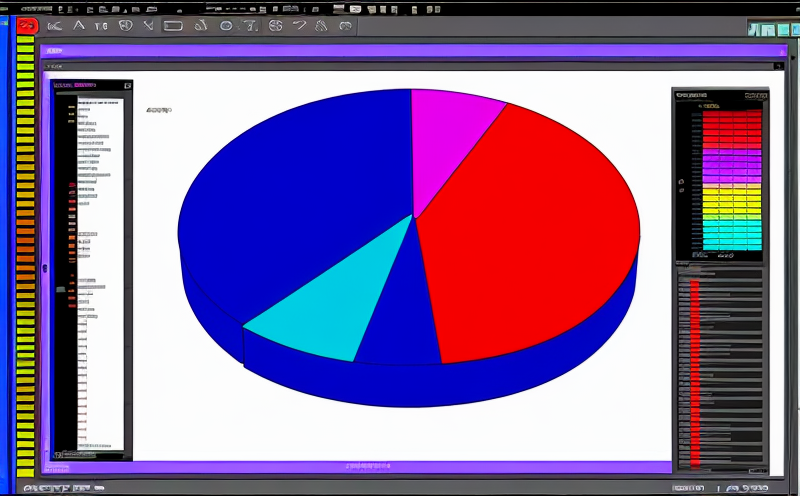ASTM D3418 Transition Temperatures of Polymers by DSC
The ASTM D3418 standard test method is widely used to determine the crystalline melting temperatures and other thermal properties of polymers using Differential Scanning Calorimetry (DSC). This service provides precise measurement of transition temperatures, including glass transition temperature (Tg) and crystalline melting temperature (Tm).
The ASTM D3418 test is particularly valuable for quality managers, compliance officers, R&D engineers, and procurement teams involved in polymer-based products. This service ensures that the physical properties of polymers meet required standards, enhancing product performance and reliability.
In this testing method, a sample undergoes heating or cooling at a controlled rate while heat flow is measured continuously. The temperature of the sample and an empty reference holder are compared, and differences in heat flow between them indicate changes in thermal properties like melting or crystallization.
The accuracy of the test results is crucial for industries such as pharmaceuticals, electronics, automotive, and aerospace, where polymer materials play a significant role. For instance, determining the Tg helps ensure that polymers will remain stable under operating conditions without becoming too brittle or soft.
The ASTM D3418 method is also vital for R&D teams looking to optimize polymer formulations by identifying optimal processing temperatures and crystallization rates. This can lead to improved product design, reduced material costs, and enhanced performance characteristics.
Compliance officers in the pharmaceutical industry use this service to ensure that drug delivery systems meet regulatory requirements regarding temperature stability. In electronics manufacturing, accurate transition temperature data is essential for selecting appropriate materials that withstand harsh environmental conditions without degrading.
Applied Standards
- American Society for Testing and Materials (ASTM) D3418-19 Standard Practice for Conducting, Interpretating, and Reporting Differential Scanning Calorimetry (DSC) Thermal Analysis of Polymers.
Scope and Methodology
| Key Parameter | Description |
|---|---|
| Sample Preparation | The sample is typically in pellet form and must be dried to remove moisture. The pellets are then weighed accurately before being placed into the DSC pan. |
| Calibration | A standard calibration material, such as indium or zinc, is used to calibrate the instrument's temperature and heat flow sensitivity. |
| Heating/cooling rate | The heating or cooling rate can be set between 1°C/min and 20°C/min depending on the desired precision. |
| Data Interpretation | The endothermic peaks observed during heating represent melting points, while exothermic peaks indicate crystallization or decomposition temperatures. |
Environmental and Sustainability Contributions
- The ASTM D3418 test ensures that polymers used in various industries are stable under environmental conditions, reducing the need for frequent replacement of materials.
- By providing accurate transition temperature data, this service supports the development of more sustainable polymer formulations with extended shelf life and reduced waste.





